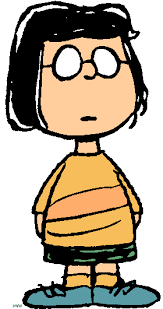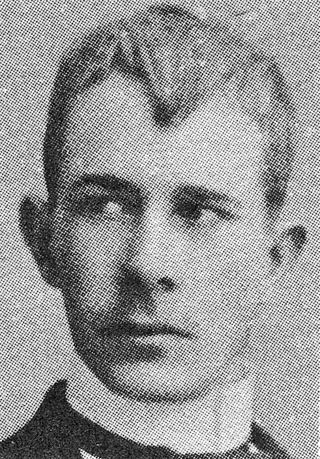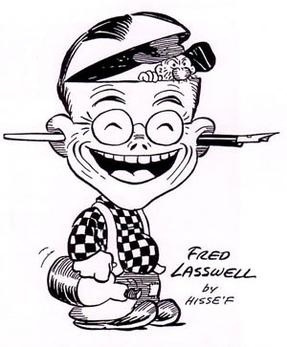
Red Meat is a weekly three panel black-and-white comic strip by Max Cannon. First published in 1989, it has appeared in over 80 newspapers, mainly alternative weeklies and college papers in the United States and in other countries. It has been available online since November 1996.

Marcie is a fictional character featured in the long-running syndicated daily and Sunday comic strip Peanuts by Charles M. Schulz.

Gil Thorp is a sports-oriented comic strip which has been published since September 8, 1958. The main character, Gil Thorp, is the athletic director of Milford High School and coaches the football, basketball, and baseball teams. In addition to the sports storylines, the strip also deals with issues facing teenagers such as teen pregnancy, steroids, and drug abuse.
Notable events of 1938 in comics.

Highlights for Children, often referred to simply as Highlights, is an American children's magazine. It began publication in June 1946, started by Garry Cleveland Myers and his wife Caroline Clark Myers in Honesdale, Pennsylvania. They both worked for another children's magazine, Children's Activities, for twelve years before leaving to start Highlights. The Highlights slogan is "Fun with a Purpose".

Oskar Emil "O.A." Andersson was a Swedish cartoonist and one of Sweden's first true comic creators. He greatly influenced Swedish cartooning culture.

Fred D. Lasswell was an American cartoonist best known for his decades of work on the comic strip Barney Google and Snuffy Smith.
Everett Lee Peck was an American illustrator, cartoonist, and animator, best known as the creator of the animated sitcom Duckman. He also created Squirrel Boy for Cartoon Network and was a character designer for an animated series adaptation of Jumanji.
HaroldSeeger was an American animated cartoon producer and director who owned his own studio, the Hal Seeger Studio. He is most famous as the creator of the 1960s animated series Batfink, Milton the Monster and Fearless Fly. During the 1930s and 1940s he was also active as a comics writer and artist, most famously for the Betty Boop comic strip and Leave It to Binky.
Notable events of 1994 in comics.
Notable events of 1945 in comics.
This is a timeline of significant events in comics in the 1920s.
Nigel Parkinson is a British cartoonist who works for D. C. Thomson & Co. Ltd and mainly draws for The Beano and The Dandy.
Galerie Lambiek is a Dutch comic book store and art gallery in Amsterdam, founded on November 8, 1968 by Kees Kousemaker. His son Boris Kousemaker has been the owner since 2007. From 1968 to 2015, it was located in the Kerkstraat, but in November 2015, the store moved to Koningsstraat 27. As of 2018, Lambiek is the oldest comics store in Europe, and the oldest worldwide still in existence.
Notable events of 2010 in comics. It includes any relevant comics-related events, deaths of notable comics-related people, conventions and first issues by title.
Celebrity comics are comics based on the fame and popularity of a celebrity. They are a byproduct of merchandising around a certain media star or franchise and have existed since the mass media and comics came into existence in the 19th century. Celebrity comics are usually not held in high esteem by critics, because of their purely commercial nature. They are solely created to capitalize on media trends and therefore published so quickly and cheaply that drawings and narratives tend to be of very low quality.

Robert van der Kroft is a Dutch cartoonist, musician and disc jockey. He has been drawing the longstanding Sjors & Sjimmie comic strip since 1977, and Claire since 1988.
Notable events of 2020 in comics. It includes any relevant comics-related events, deaths of notable comics-related people, conventions and first issues by title.
Charlie Chaplin comics have been published in the United States, the United Kingdom, and Europe. Charlie Chaplin comic strips first appeared in 1915 in the U.S. and the U.K., cashing in on the tremendous popularity of the comedian at the time; they were some of the earliest comics inspired by the popularity of a celebrity. Although Charlie Chaplin comic strips didn't enjoy enduring popularity in the U.S., a Chaplin comic strip was published in the U.K. from 1915 until the late 1940s, while in France there were Chaplin comics published for more than 50 years.







